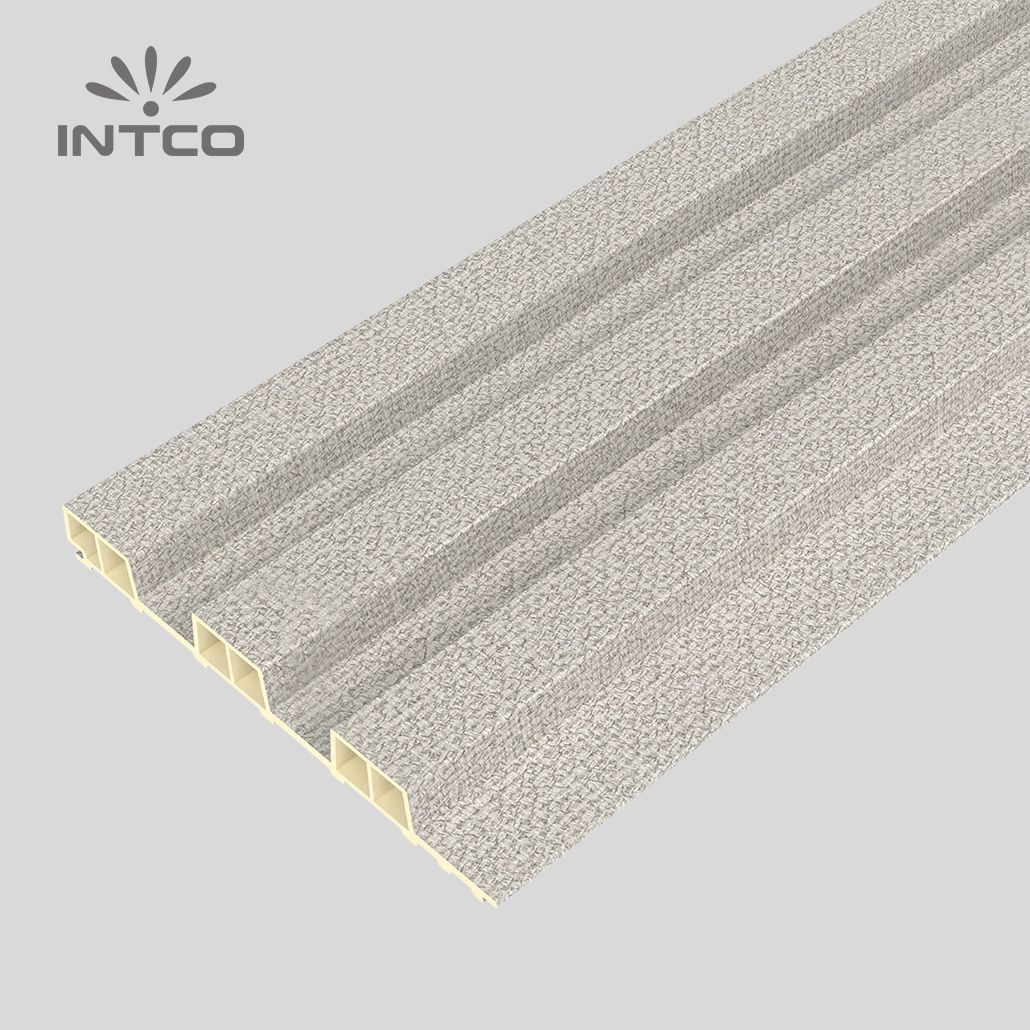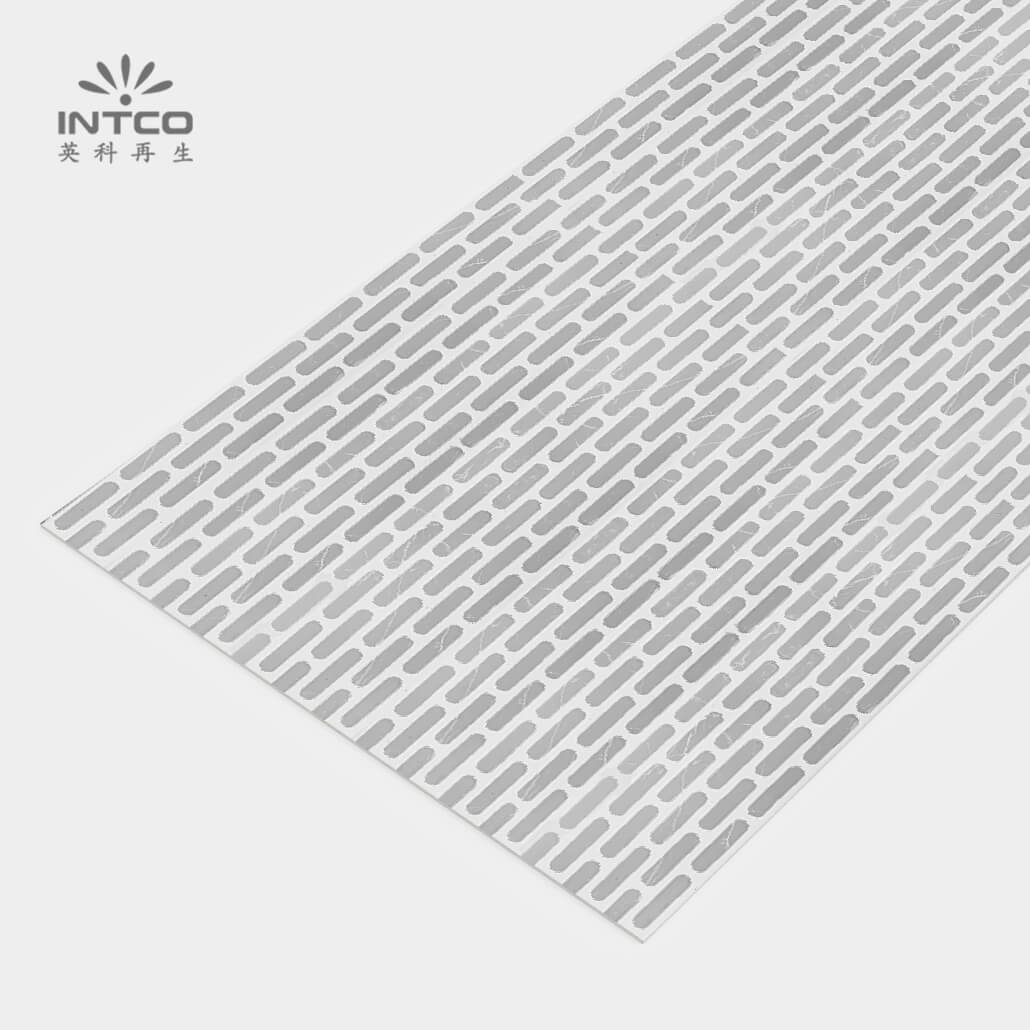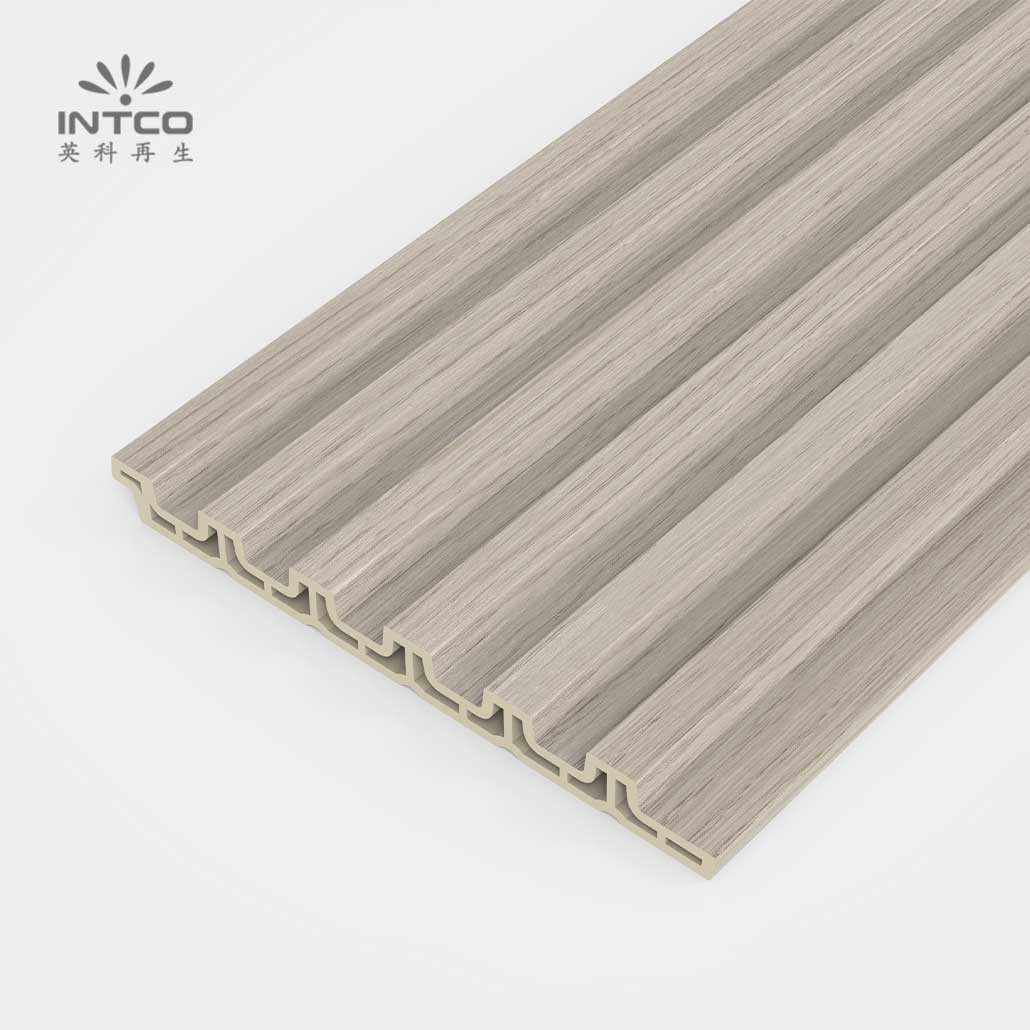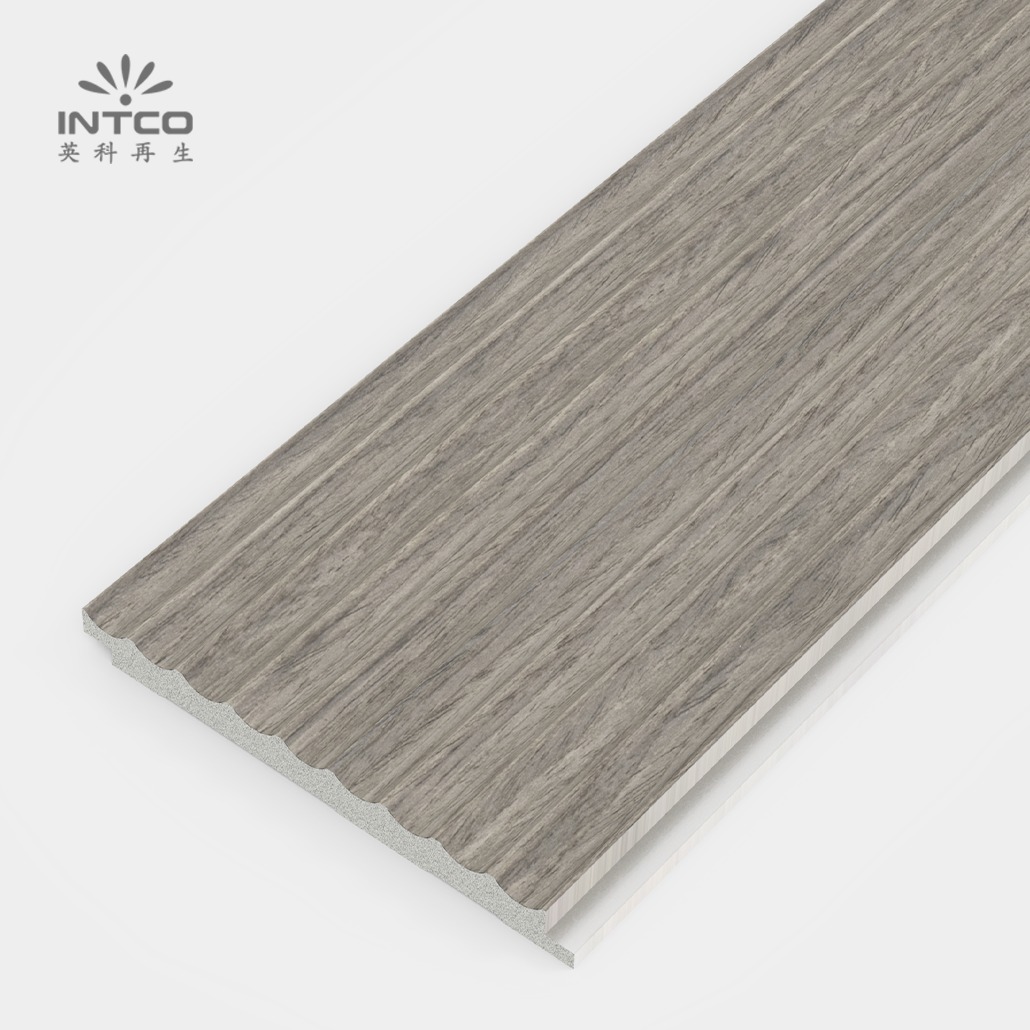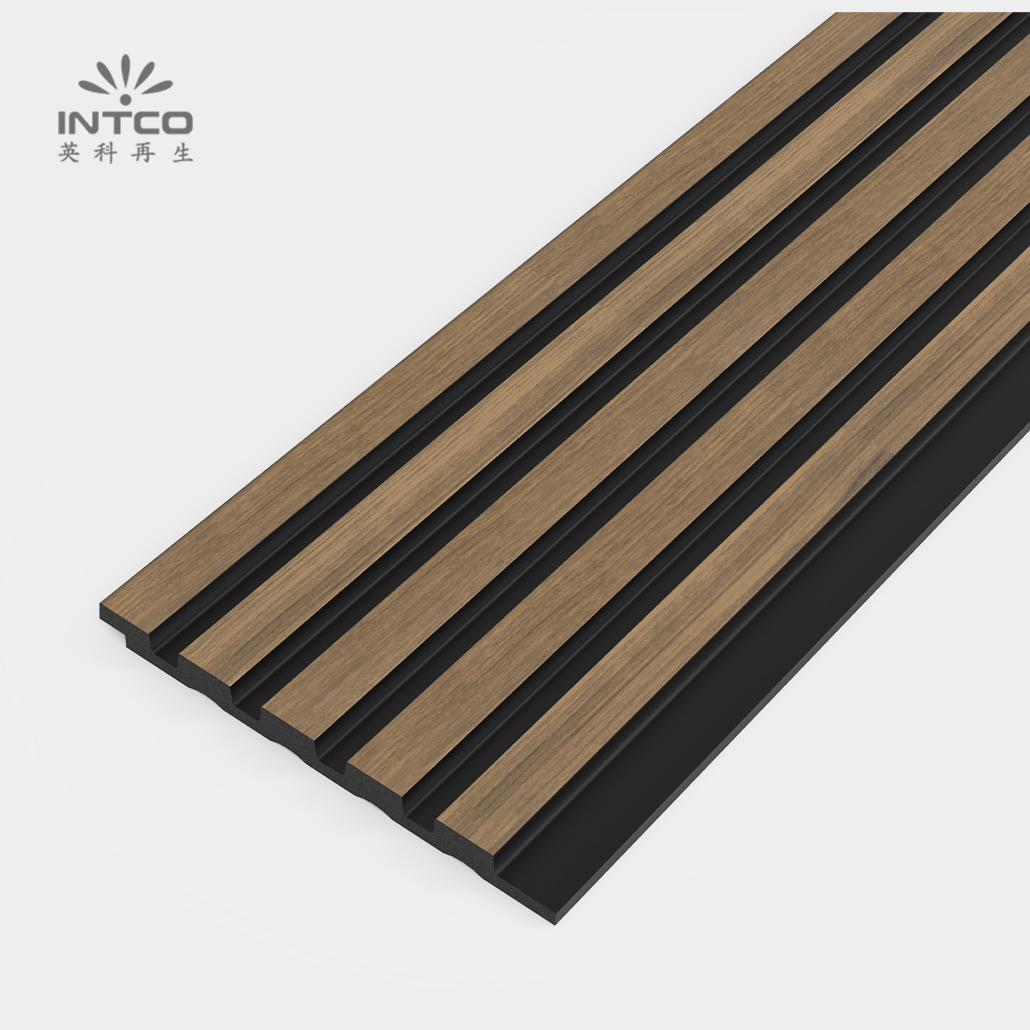Categories
The Rising Appeal of Wall Panels: A Blend of Style and Functionality
The trend of wall panels is quickly gaining traction among home and business owners who desire a mix of aesthetic appeal and practicality. As lifestyle changes and technological advancements continue to evolve, the rise of wall panels offers a unique way to enhance interior environments while meeting the demands of modern living. The wall panels from INTCO Deco are designed to meet the aesthetic and functional needs of modern interiors.
Understanding the Growing Popularity of Wall Panels
Evolution of Interior Design Preferences
The preference for interior design has significantly shifted from a glamorous style to a focus on minimalism and functionality. Wall panels have become an important design element in response to this trend. Historically, walls were often plain and unadorned, serving merely as structural elements. However, current design philosophies advocate for personality and character through wall treatments, leading to an increased appreciation for wall panels. This evolution reflects a broader understanding of how environments affect human emotions, leading homeowners and designers to seek out wall panel solutions that provide both beauty and emotional comfort.
The Role of Functionality in Modern Interiors
With the acceleration of the pace of life, functionality is becoming increasingly important in interior design. Wall panels are increasingly recognized for their multiple benefits, which extend beyond appearance; they also serve practical purposes. Enhanced insulation properties mean that wall panels can help maintain optimal indoor temperatures and improve energy efficiency. Furthermore, many contemporary designs offer sound-absorbing qualities, making spaces quieter and more conducive to productivity—especially in open-concept areas. The fusion of practicality and design makes wall panels a striking choice for those who wish to optimize their living or working environment.
Key Trends in Wall Panels for 2024
Innovative Design Concepts
As we move through 2024, innovative design concepts for wall panels are becoming increasingly prominent. Designers are experimenting with various textures, colors, and patterns to create unique aesthetic effects, challenging traditional wall treatment concepts. The introduction of modular wall panels allows for customization in layouts, enabling consumers to adapt their spaces to their personal preferences. Additionally, products like Intco Deco wall panels, which encompass a range of modern designs, are gaining popularity. These panels allow for creative expression while ensuring versatility, as they can easily complement various styles.
Emphasis on Sustainable and Eco-friendly Solutions
The growing awareness surrounding sustainability is influencing the design and manufacturing of wall panels. In 2024, more designers and consumers are focusing on eco-friendly materials that reduce environmental impact. Wall panels made from recycled or repurposed materials are gaining traction due to their lower carbon footprints. The emphasis on sustainability not only appeals to eco-conscious consumers but also positions wall panels as a forward-thinking option in the design world. PS panel produced by Intco Deco align with these values, offering stylish yet environmentally-friendly wall panel solutions.
Integration with Smart Home Technology
Another significant trend in wall panel design for 2024 is the integration with smart home technology. As homes become increasingly interconnected, there is a growing demand for designs that complement technological advancements. Innovative wall panels are incorporating features such as LED lighting and built-in speakers, creating a seamless blend of utility and aesthetics. This intersection of technology and design not only enhances the functionality of spaces but also appeals to tech-savvy consumers looking for modern convenience. Wall panels are on the frontier of this trend, providing endless possibilities for inventive interior solutions that meet both style and functionality needs.
Enhancing Aesthetics with Wall Panels
Transforming Spaces with Texture and Depth
Wall panels are an effective means of adding texture and depth to interior environments. Instead of relying solely on paint or wallpaper, the introduction of three-dimensional wall panels can create a sense of visual interest that draws the eye. Textured wall panels can simulate various natural materials, thereby providing the beauty of natural aesthetics while maintaining practicality. This transformation not only elevates the overall design but serves as a conversation starter among guests, giving any room a distinctive character.
Architectural Interest Addition
When incorporated thoughtfully, wall panels can significantly enhance the architectural interest of a space. They can delineate different areas within an open plan living space or add complexity to a more confined room. For instance, using contrasting wall panels can emphasize architectural features, such as archways and built-in shelves, thereby making them the focal points of attention. This capability to effortlessly adapt to myriad design philosophies enables wall panels to elevate a standard room into a visually engaging environment.
Creating Visual Focal Points
The strategic placement of wall panels allows designers to create compelling visual focal points in any room. By selecting bold colors or unique patterns, wall panels can draw attention to an area, such as a fireplace or an entertainment center. Walls adorned with distinctive panels can serve as a backdrop that ignites conversation and intrigue. The versatility of wall panels ensures they can be utilized creatively across various design themes, from minimalist to eclectic.
Harmonizing with Existing Décor Styles
Wall panels stand out due to their ability to harmonize with existing décor styles. They can seamlessly integrate into established themes—whether it’s contemporary, traditional, or industrial.Wall panels can blend well with other design elements, such as furniture and lighting fixtures. By thoughtfully selecting wall panels that resonate with a room’s color palette and overall style, designers can create cohesive environments that appear well-curated and intentional.
Functional Advantages of Wall Panels
Versatility Across Various Applications
Wall panels are versatile solutions applicable to both residential and commercial spaces. In residential settings, wall panels can enhance spaces like living rooms, bedrooms, and kitchens by adding a layer of style and utility. For instance, kitchen wall panels made of durable materials can resist moisture and heat, while also providing a chic design element. In commercial spaces, such as offices and retail stores, wall panels can serve practical functions like cubicle segmentation and branding, showcasing products or services while maintaining an aesthetically pleasing environment. This versatility makes wall panels an attractive proposition for diverse environments.
Residential Spaces: Living Rooms, Bedrooms, Kitchens, etc.
In living rooms, wall panels can create an inviting atmosphere that enhances comfort. By using different textures or colors, homeowners can curate their desired ambiance, from cozy and warm to sleek and modern. Bedrooms can benefit from accent walls created with calming tones or intricate patterns, contributing to a restful environment conducive to relaxation. The kitchen, often the heart of the home, can utilize wall panels as a functional backsplashes that are easy to clean while adding a layer of creative expression.
Commercial Spaces: Offices, Retail Stores, Public Areas, etc.
In commercial settings, wall panels have become a fundamental component due to their functionality and visual appeal. In offices, perforated panels can aid in sound management, ensuring a quieter workspace conducive to productivity. Retail stores can strategically implement panels to create visually stimulating displays that attract customers’ attention. Public areas, such as lobbies and waiting rooms, can leverage wall panels to convey professional images while also providing durability against wear and tear, making them an essential aspect of modern commercial design.
Ease of Installation and Adaptability
The ease of installation associated with wall panels adds to their widespread appeal among both professional designers and DIY enthusiasts. Many wall panel products come with straightforward installation guidelines and require minimal tools, allowing for quick transformations without professional assistance. This adaptability further enhances their functionality, as they can be easily removed or replaced based on changing preferences or trends. Wall panels can be effortlessly integrated into existing structures, enabling homeowners and businesses alike to refresh their environments rapidly and cost-effectively. This combination of benefits positions wall panels as a practical and aesthetic solution for an array of interior design needs.
Future Prospects for Wall Paneling in Interior Design
Innovations Shaping the Future Market
The wall paneling market is undergoing a significant transformation, driven by technological advancements and shifting consumer preferences. The advent of advanced materials and manufacturing techniques has led to the creation of wall panels that are not only visually appealing but also functional and sustainable. Innovations in 3D modeling and printing technology have enabled designers to craft unique textures and patterns that were previously challenging to achieve. Additionally, companies like Intco Deco’s WPC wall panel are at the forefront of these innovations, providing a spectrum of wall panel options that cater to the diverse needs of modern consumers, including customizable designs that reflect personal aesthetics and trends.
Moreover, the incorporation of smart technology into wall panels is paving the way for future design possibilities. Integrating features such as light control, temperature regulation, and even acoustic adjustments within wall panels enhances the user experience, making spaces more adaptable to individual lifestyles. As the intersection between technology and design continues to evolve, we can expect to see wall panels become increasingly multifunctional, blending style with an array of practical applications suited for both residential and commercial environments.
Influence on Real Estate Value
The aesthetic appeal and functional attributes of wall panels play a notable role in enhancing real estate value. Properties that utilize wall panels effectively often command higher market prices, as prospective buyers recognize the added benefits these spaces offer. For instance, homes that feature high-quality wall paneling can create a lasting first impression and convey a sense of sophistication and modernity. This initial appeal can strongly influence a buyer’s perception of the property, potentially leading to quicker sales and improved negotiating power for sellers.
Additionally, wall panels contribute to the overall maintenance of a property by providing an additional layer of protection to the walls. This can reduce wear and tear over time, ensuring the property remains in excellent condition. Consequently, well-installed and aesthetically pleasing wall panels serve as a selling point that not only underscores the beauty of a property but also its long-term value, making them a strategic choice for increasing market appeal in a competitive real estate landscape.
Key Considerations for Choosing Wall Panels
Assessing Room Requirements and Purpose
When selecting wall panels, it is crucial to assess the specific requirements and intended use of each room. Different spaces in a home or commercial environment come with unique functional challenges that wall panels can effectively address. For example, areas prone to moisture, such as kitchens and bathrooms, require wall panels that are resistant to water damage, while offices may benefit from panels designed for sound absorption. By aligning the choice of wall panels with the room’s needs, designers can create environments that are both practical and visually striking.
Furthermore, the purpose of the space must also be considered. An entertainment area may require bold colors and textures that stimulate energy and excitement, while a bedroom may call for calming tones that promote relaxation. Understanding both the functional requirements and the desired ambiance for each room enables a more informed decision-making process when choosing wall panels, ensuring that they serve their intended purposes effectively while enhancing overall design coherence.
Matching Aesthetic Preferences with Functional Needs
Finding a balance between aesthetic preferences and functional needs is a pivotal part of selecting wall panels. Consumers today are looking for products that not only look good but also offer practical benefits that enhance their daily lives. It is essential to explore a range of styles that align with personal taste while also fulfilling functional attributes.
Additionally, it is important to consider how different colors, materials, and designs will harmonize with existing décor. Wall panels should integrate seamlessly into the overall style of the space, creating a cohesive look that reflects a well-curated environment. Taking the time to evaluate personal preferences against practical needs can lead to informed choices that ensure both beauty and utility, enriching the spaces where these wall panels are installed. Intco Deco wall panels, are designed to offer diverse aesthetic options that cater to various design philosophies without compromising essential functionalities.




